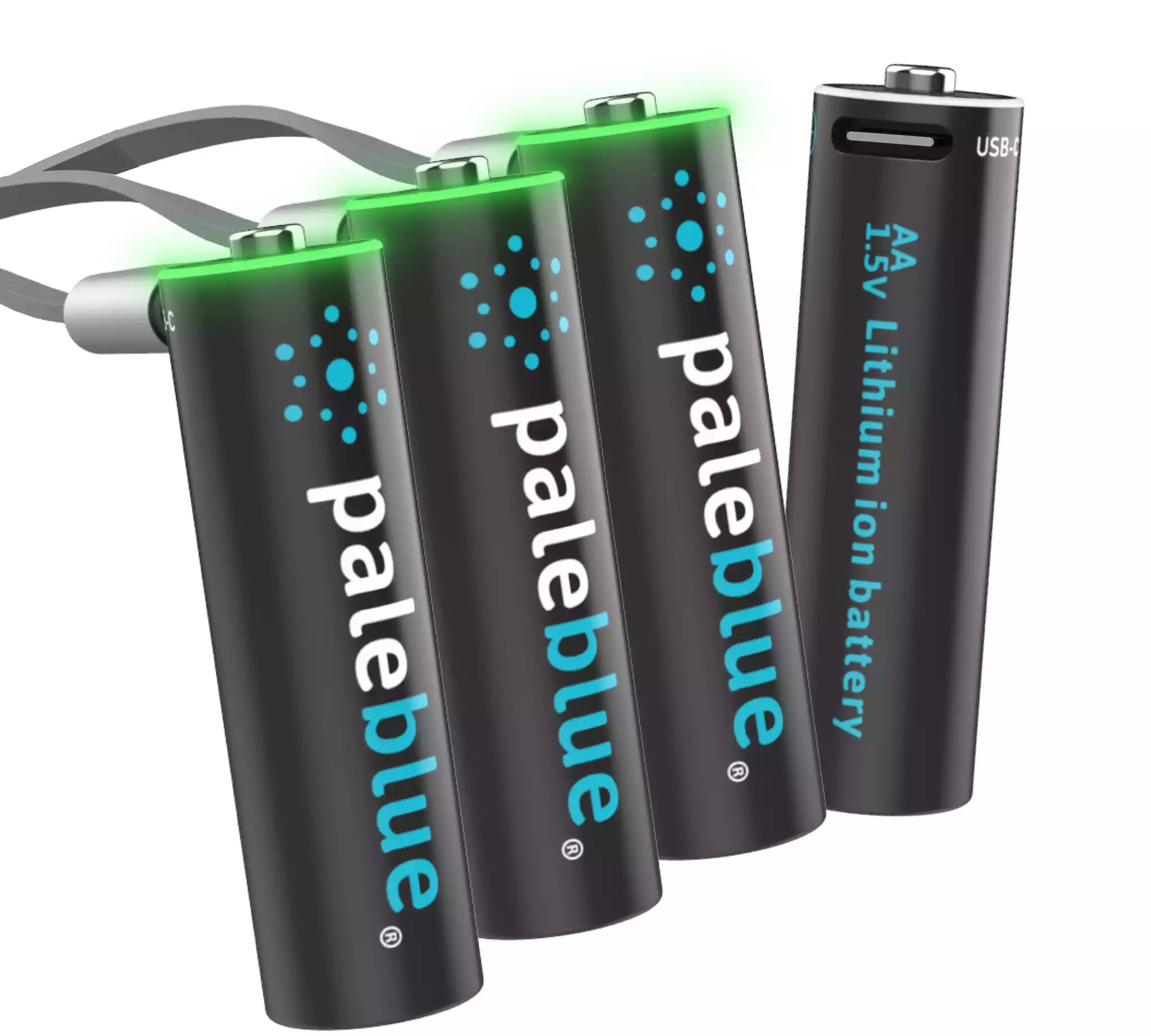Charging Li-ion Cells: Best Practices

Lithium-ion (li-ion) batteries aren’t complicated to use, but there are still some best practices to consider when charging them. These tips can minimize wear and tear on the batteries’ internal chemistry, which will optimize their lifespan and reduce waste long-term.
Strategies for Efficient Charging Li-ion Cells
Regardless of their size or voltage, it’s easy to make the most of your rechargeable li-ion batteries with good charging practices.
Regulating charging temperature
A slight rise in temperature is normal when li-ion batteries are being charged or discharged; this is due to the chemical reactions that are happening as electrons transition between anode and cathode materials. However, the batteries shouldn’t overheat unless some external factor is causing a problem. To prevent this, they should not be charged in direct sunlight, in excessively hot outdoor environments (like inside a hot car), on soft or insulating surfaces, or near heat sources.
Li-ion batteries will still work at below-freezing temperatures, but they shouldn’t be recharged until they’re above 32° F, as charging frozen li-ion batteries can result in permanent damage.
Storing batteries properly
Whether lithium-ion batteries are stored for a week or a year (or longer), it’s a good idea to store them in the right conditions. Ensure that the terminals can’t touch other batteries or metal objects – battery cases or the original packaging can help with this. It’s also important that the batteries aren’t crushed, exposed to extreme temperatures, or kept in humid environments. In an ideal world, li-ion batteries should be stored at around 40-50% charge; since they self-discharge between 1% and 3% per month, consider partially recharging them every six months or so.
Avoiding full charges and discharges
Unless you know you’ll need fully charged batteries, it’s best to stop charging when they reach 80% charge, and recharge them when they reach 20%. Of course, this isn’t always possible, especially when using li-ion batteries in high-drain devices like power tools or high-lumen flashlights. Even so, if you want to prolong the lifespan of your lithium-ion batteries, try to keep them between 20% and 80% charge.
Role of a battery management system (BMS)
Some (but not all) lithium-ion batteries have a battery management system (BMS). A BMS can prevent potentially hazardous conditions like overheating, and they can also protect from overcharging and deep discharge. Paleblue’s lithium-ion batteries contain a proprietary battery management system, which protects against not only overheating while charging, overcharging, and deep discharge, but also short circuit conditions, and overheating/over-current protection during high-drain usage.
How Long Does It Take to Charge a Li-Ion Battery?
The charging time of a lithium-ion battery will vary based on its size, energy density (how much energy can be stored per gram), and the charging source used. The battery’s overall design will be a factor as well, since some li-ion batteries are specifically engineered to charge quickly.
Overview of Charging Li-ion Methods
There are several different options for charging lithium-ion batteries. As long as the correct charger is used or the batteries have a BMS (ideally both), there’s generally no danger of overloading them.
AC power charging
All batteries (including li-ion batteries) operate with a DC current, while the majority of devices and power outlets use an AC current. So why can lithium-ion batteries be charged with an AC current? Fortunately, inverters convert the AC current from the power outlet to a DC current going into li-ion batteries. Battery-powered devices also have inverters, so the DC current from li-ion batteries can supply an AC current to the device.
One thing to keep in mind is that if you’re traveling to a different country, you may need to bring a voltage converter since not all countries use the same voltage. For example, lithium-ion batteries in the US are designed to be charged from the 110-volt currents supplied by standard US outlets, while in Europe and much of South America, wall outlets supply 220 volts.
USB-C charging
Charging lithium-ion batteries from a USB-C port can be more convenient than solely depending on a wall outlet. This allows you to charge your batteries from a portable power pack, a laptop or computer, and many other devices. Keep in mind that if the device you’re using won’t let your batteries charge at their normal rate, it shouldn’t be the first choice for recharging. If li-ion batteries aren’t consistently recharged at the correct rate, this could lead to a shorter lifespan.
Solar panel charging
With solar panel technology becoming more sophisticated every year, portable solar panels have become an easy way to access renewable energy through the sun. As long as the sun is shining, a solar panel can be the perfect way to charge lithium-ion batteries when traditional power sources aren’t available. This method is ideal to use on camping trips, as well as during power outages.

Safety Precautions During Charging
Lithium-ion batteries are durable, reliable, and safe, but just like any other type of rechargeable battery, there are a few precautions that should be taken when charging them.
Identifying potential risks
Before plugging your li-ion batteries in, make sure they won’t be placed near direct sunlight, a heat source, or anything flammable. If the batteries show any sign of damage, avoid using or recharging them. A damaged li-ion battery poses a higher risk of a runaway thermal reaction, so the only use they have is to be recycled to make new batteries.
Extremely high or low temperatures (above 90° F or below 32° F) are hard on lithium-ion batteries, but especially when they’re charging. To avoid internal damage, try to charge your li-ion batteries when they’re around room temperature.
Monitoring battery health
Healthy lithium-ion batteries will have a consistent charge cycle. In a hypothetical scenario, this means that if you always put them in the same device with a full charge, they’ll last just as long as they did the last time. When you charge them from the normal outlet you always use, they’ll charge in more or less the same amount of time.
Eventually, though, the batteries will begin to wear out. The main indications of this are shorter battery life and longer charge times. In some batteries, a shortened battery life could indicate that they’ve developed a charge memory, but li-ion batteries don’t have charge memory issues. Instead, this just means that the batteries are nearing the end of their lifespans, and will have to be recycled and replaced in the near future.
Last Updated: February 2025








